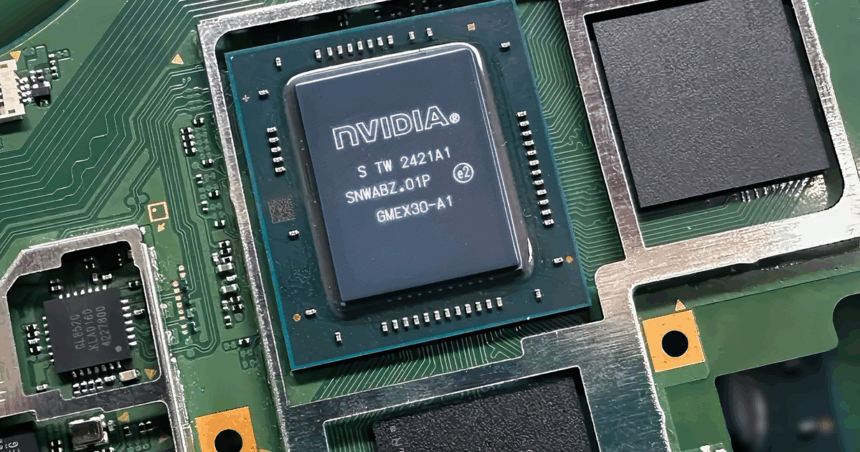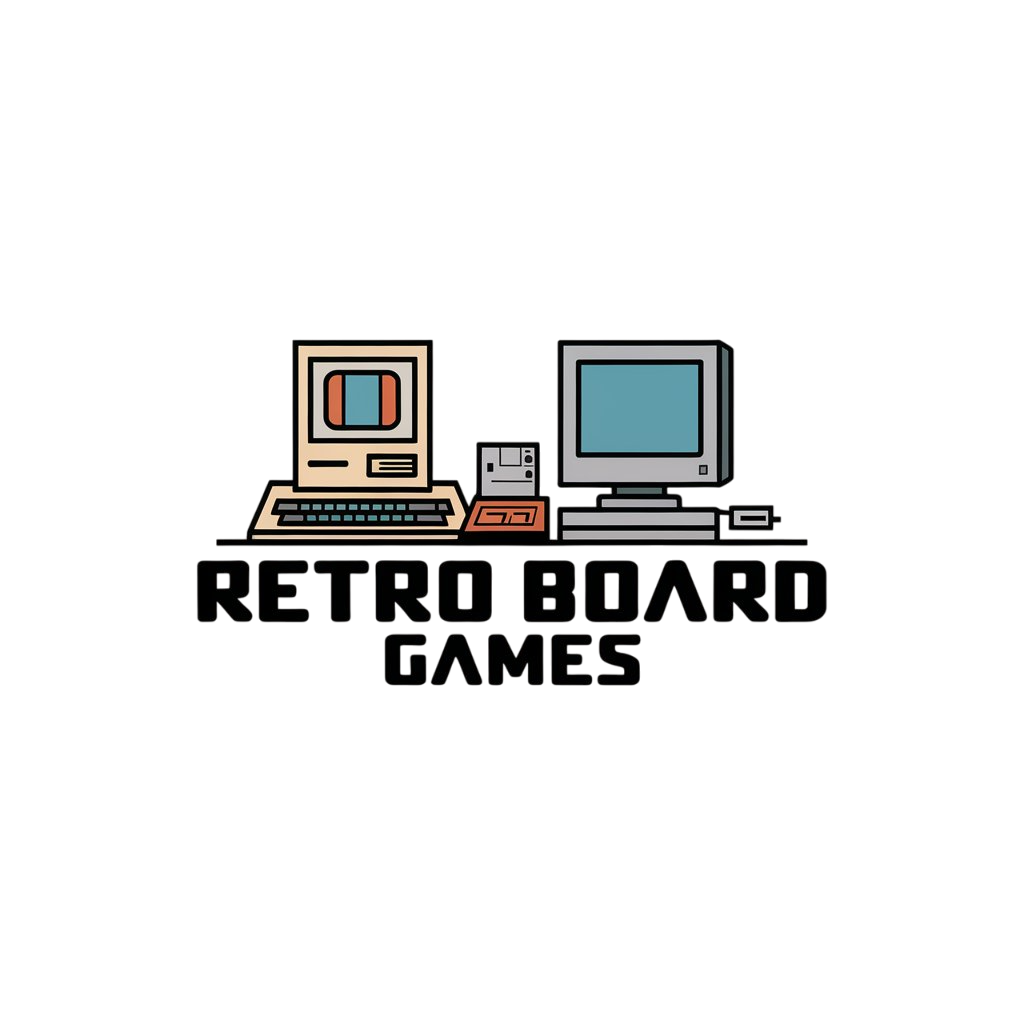Remember the discourse surrounding a proposed Switch Pro? Rumours of an upgraded Switch model began as early as 2018, but it wasn’t until 2020 that the Pro’s attributes including “more computing power and 4K high definition graphics” were reported on by Bloomberg. Simultaneously, it was understood that the Pro would also feature a seven-inch OLED panel. Of course, the OLED upgrade happened for the original Switch but the Pro did not. However, recent coverage of the Switch 2’s main processor may provide a partial explanation. Forensic analysis of a final Switch 2 chip by Geekerwan and Kurnal suggests that the hardware was finalised way back in 2021. With the benefit of hindsight, it now seems plausible that the Switch Pro was an amalgamation of rumours: a combination of the Switch OLED model and formative work on the console that’ll finally hit stores on June 5th this year.
First up, let’s cover the basics of the two reports that hit YouTube last week. It seems that a small number of Switch 2 motherboards made their way to Chinese online retail stores, meaning that both Geekerwan and Kurnal were able to buy the boards and begin their testing. The primary focus of their coverage is – or rather was – one of the most contentious aspects of the Switch 2 hardware: the technical make-up of the main processor. In certain circles, the nature of the Nvidia-sourced T239 processor has been a hot topic.
There are some very basic similarities with Nvidia’s T234, a product built for the automotive business – primarily the use of ARM A78-class CPU cores in combination with a custom RTX 30-series ‘Ampere’ GPU. It’s built on the Samsung 8nm fabrication process, which is itself a refined version of its older 10nm node. Compelling leaks – primarily from Nvidia itself, in addition to a hack – all but confirmed that Switch 2 featured an Ampere GPU but another version of the A78 CPU cluster, better suited to games. So far, so good. However, the idea that Nintendo would use an 8nm processor didn’t sit well with some: it was considered old, inefficient technology that would produce a chip so large and so power-hungry, it could never be used in handheld.
Both Geekerwan and Kurnal’s analysis demonstrate that the argument is not valid, with both concluding that the Switch 2 chip is likely on an 8nm process, perhaps even with 10nm features. Measuring in at a whopping 207mm2 (up against the 166mm2 in the launch Steam Deck), Nintendo designed a bigger Switch 2 to accommodate a much larger processor. It’s a processor so large it’s circa 75 percent larger than the original Switch’s and with twice the area of the revised Switch processor found in the Lite and revised models. Even more telling is that both analyses reveal that the chip was “taped out” – basically meaning the design was complete – in 2021. Geekerwan compares this to Nvidia’s GA107 processor – another 8nm product, taped out in 2020 and released in the form of various GPUs (RTX 3050, for example) in 2021.
The implication is that Nintendo had the new Switch 2 processor ready up to four years ago and could conceivably have released a Switch successor in 2022. Bearing in mind that processors take some time to create, it’s very likely that leaks from Nintendo in Japan, or via its partners, could have started in 2020 when the Switch Pro reports began – at the same time as the platform holder was planning its OLED upgrade. However, it wasn’t until June 2021 that noted leaker kopite7kimi named the new processor as T239 and stated that it would sit at the heart of the next Nintendo console. It seems as though the leaker got wind of the project just as T239 completed development at the taping out stage.
So, the question is why it has taken so long for Switch 2 to arrive, bearing in mind that Nintendo would have had final silicon in 2021. Being familiar with console design having spoken to console system architects in the past, final silicon does typically arrive a year before a console releases. Bearing in mind that T239 was ready in 2021, it would have taken years to get to that point. Maybe an earlier Switch 2 was considered – but of course, plans can change. At the beginning of the project, one might imagine that Nintendo would still not understand just how long-lived the original Switch would be and the extent to which the Covid pandemic would elevate its sales. In turn, game development for the older system would continue. In the meantime, one might imagine that the production cost for the new T239 processor would have decreased – the 8nm process is old technology now, but thanks to Nintendo and Nvidia, the production lines can still continue with a brand new console to sustain them.


The firm didn’t release Switch 2 any earlier because there was no business case for doing so: the original model was still wildly popular. Then there’s the fact that development resources were still invested in the existing Switch – the transition period to Switch 2 and the need to build up enough software for a new console would obviously delay the release of the machine.
Furthermore, Nintendo can use a design that was finalised in 2021 for Switch 2 because the fundamental features are still impressive and clearly do the job. Core to this is the Nvidia Ampere GPU technology, featuring both ray tracing and machine learning features. There was nothing stopping Nintendo from opting for a more conventional GPU design – Nvidia made a non-RT, non-ML version of its RTX 20-series architecture, after all – but instead all of those features are present. In terms of feature parity with upcoming console generations, Switch 2 has covered all the bases. This is key for third party support, just as it was with the original Switch. What it lacked in horsepower it made up for in being a modern GPU that all developers could easily work with, backed by a lightweight, performant graphics API.
There is one final point in the analysis videos we’ve seen that’s worth picking up on – the nature of the Ampere GPU itself. The Geekerwan video points out that the shape of the GPU looks rather more like an Ada Lovelace RTX 40-series GPU as opposed to a 30-series Ampere design. However, the Kurnal video points out that a similar design is also seen on the similarly Ampere-based Nvidia Jetson Nano processor. So is it Ada or Ampere? Well, Switch 2 developer documentation we are aware of explicitly describes it as an Ampere-class GPU with no mention of RTX 40-series features. And the truth is that the vast majority of the performance gains from Ada vs Ampere came from a ridiculously large gen-on-gen increase in clock speeds – an RTX 3070 boosts to circa 1.7GHz according to Nvidia specs, while the 4070 rises to around 2.45GHz.
That said, prior leaks – all of which have been borne out – do suggest that the hardware media block for video encode/decode has been ported to T239 from Ada, as have ‘power gating features’ presumably for efficiency gains. Efficiency – or more specifically, battery life – is one of the key aspects of Switch 2 I’m looking to test out when we receive units at launch. On the one hand, the idea of an 8nm chip in combination with everything else that Switch 2 has operating with a mere 10W power budget seems difficult to believe. On the other hand, regardless of the T239 process node, Nvidia and Nintendo would have built this chip with specific power draw limits in mind.
Ultimately, the controversy surrounding the make-up of the Switch 2 processor comes from a good place – the desire for the new Nintendo hardware to be the best it can be – but perhaps this idea misses the point. Developers work with what they’re given, often delivering remarkable results. We were concerned about the Tegra X1 powering the original Switch based on its showing in the Nvidia Shield Android TV micro-console – and yet developers delivered miracles from its relatively meagre capabilities.
Switch 2’s T234 may be “old” by this point, while raw horsepower is some way off current-gen consoles – even Xbox Series S – but the features are there and crucially the support is there from game-makers. And Cyberpunk 2077 – the benchmark game – at launch? Let’s just say we’re really looking forward to it.






